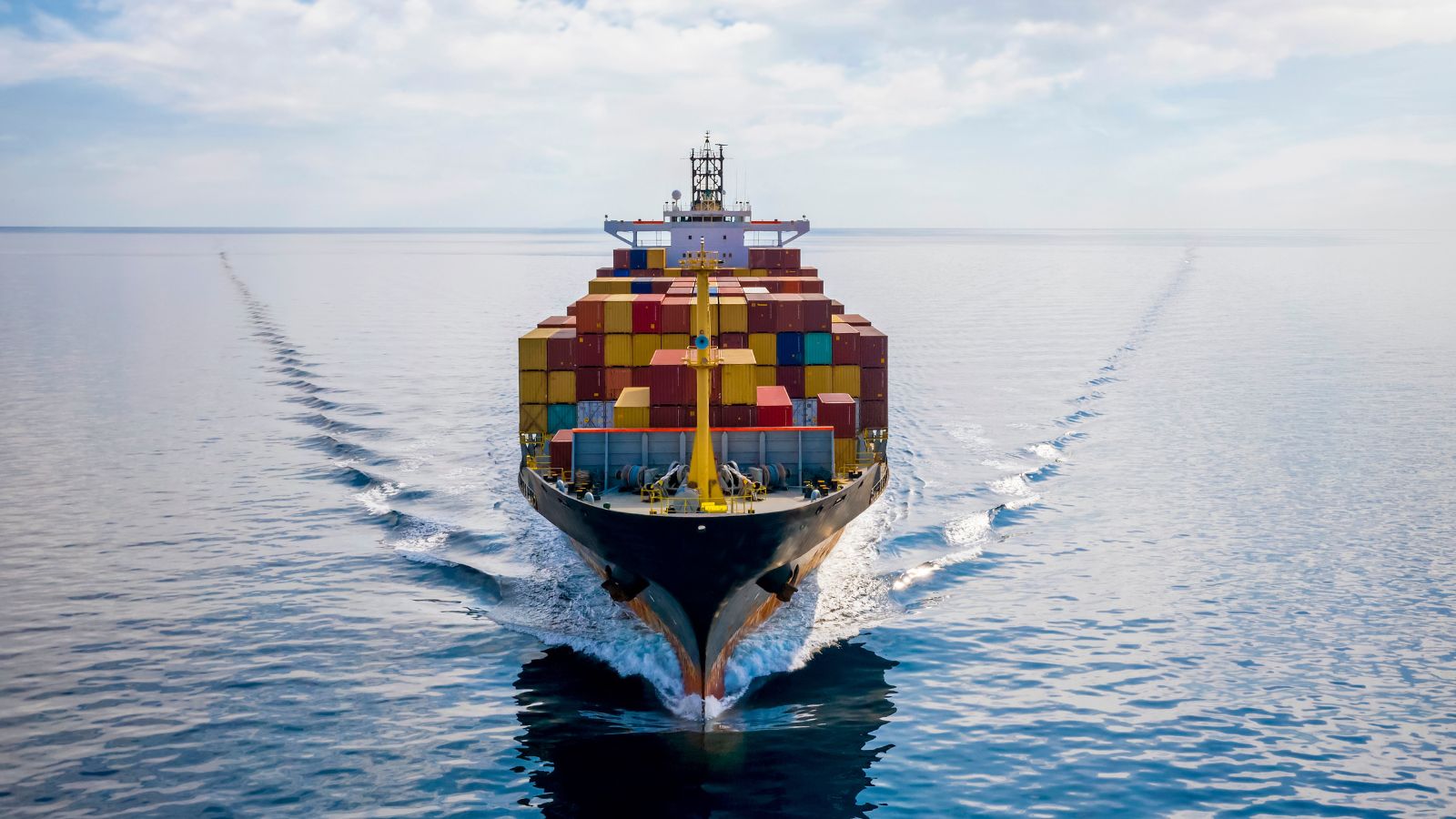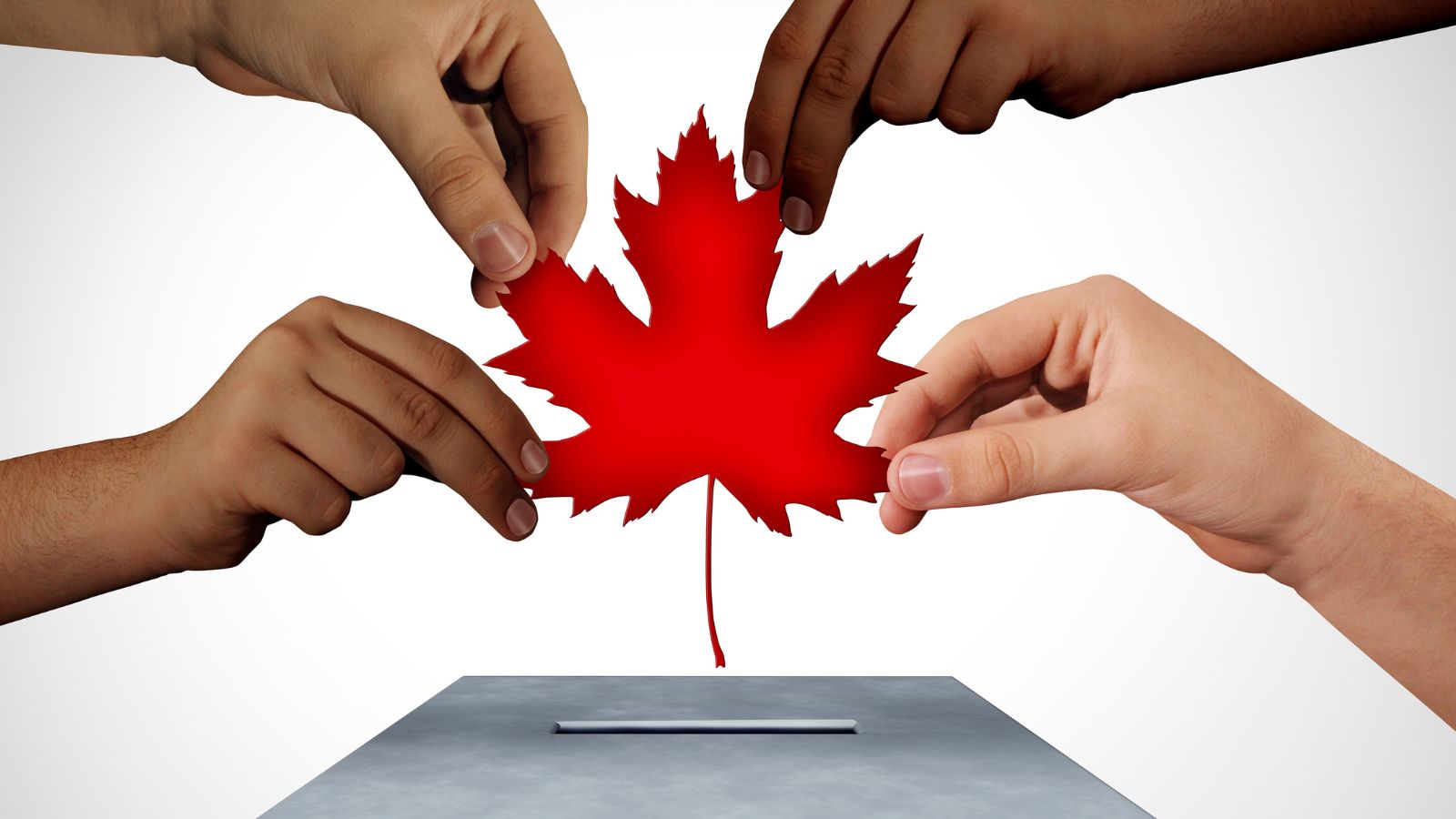Canada’s deep economic ties with the United States have shaped its trade policies and industrial strategies for decades. Longstanding agreements like the Canada–United States Free Trade Agreement, NAFTA, and the USMCA have paved the way for frictionless trade between the two nations. However, recent U.S. moves toward protectionism, particularly tariff threats and aggressive trade measures, have forced Canada to reassess its economic strategy. In many ways, these challenges have spurred a transformation that is strengthening the Canadian economy over the long term.
This article examines 22 ways in which Canada is emerging stronger in response to U.S. trade challenges.
Export Diversification

Historically, more than 70 percent of Canadian exports have flowed to the United States, making the nation heavily dependent on its southern neighbor. Canadian companies are now rapidly seeking to diversify their markets in the face of new tariff threats. By expanding into Europe, Asia, and Latin America, Canadian businesses are now reducing their vulnerability to U.S. policy shifts and tapping into new sources of revenue.
Strengthening Domestic Supply Chains

U.S. tariffs have highlighted the weaknesses in cross-border supply chains. In response, Canadian firms are increasingly investing in local production and bolstering their internal distribution networks. Companies are lowering their exposure to tariff shocks and enhancing operational efficiency by reducing reliance on imported intermediate goods.
Front-Loading Exports

Many Canadian exporters have adopted a strategy known as front-loading (accelerating shipments to clear inventories before tariffs take effect). This short-term tactic has generated a notable surge in export volumes, which has contributed to record trade surpluses. While front-loading is not a permanent solution, it provides temporary relief and reinforces confidence in Canada’s export potential during turbulent periods.
Increased Trade Surplus

Recent data indicate that Canada’s trade surplus has expanded dramatically in response to the U.S. tariff threats. Key sectors such as automotive components and energy products have seen exports rise sharply as U.S. buyers hurriedly secure supplies before facing higher costs. This surge has improved the balance of trade.
Retaliatory Tariff Measures

Rather than acquiesce to U.S. tariffs, Canada has taken decisive action by imposing its own retaliatory tariffs on select U.S. products. Canada has implemented these countermeasures to safeguard its industries by leveling the playing field and compelling the U.S. to reconsider its aggressive trade policies.
Reducing Internal Trade Barriers

Canada has turned its attention inward in addition to addressing external trade challenges. Provincial governments and policymakers are working to eliminate barriers to trade within Canada itself. Canada is creating a more efficient domestic market by streamlining regulations and reducing bureaucratic hurdles.
Upgrading Border Technology and Security

In response to U.S. officials citing security concerns—including the flow of illicit goods—as justification for imposing tariffs, Canada is modernizing its border technology and strengthening security measures. State-of-the-art surveillance systems, automated customs processing, and enhanced enforcement protocols are making cross-border trade smoother and secure. These improvements serve a dual purpose: they address U.S. concerns and help ensure that Canadian exports move quickly and reliably to their destinations.
Modernizing Infrastructure

Canada is investing in the modernization of its ports, rail networks, and highways to reduce transportation costs and improve delivery times. Additionally, Canada is also upgrading its digital infrastructure, helping businesses access global markets more efficiently.
Embracing Digital Trade

The incorporation of digital trade provisions into Canada’s trade agreements is enabling businesses to expand online without encountering outdated barriers. Canadian companies are better positioned to compete on the global stage with updated trade rules to facilitate the free flow of data and digital services.
Energy Sector Competitiveness

Canada’s abundant natural resources, particularly oil and natural gas, have long been a cornerstone of its export economy. Canadian producers are modernizing their operations and improving efficiency in light of U.S. trade measures targeting energy exports. Canada is ensuring that its energy sector remains competitively priced and reliable by investing in technology, infrastructure, and sustainable practices.
“Buy Canadian” Campaigns

Trade tensions have sparked a renewed sense of national pride, leading to widespread “Buy Canadian” campaigns. This movement has led consumers to support locally produced goods, boosting domestic industries and reducing reliance on imported products.
Expanding Free Trade Agreements

While U.S. tariffs have disrupted traditional trade patterns, Canada is actively seeking new trade agreements to offset this dependency. Canada is negotiating deals with the European Union, the Comprehensive and Progressive Agreement for Trans-Pacific Partnership (CPTPP), and other regions to create alternative market avenues. These agreements help diversify Canada’s export markets, making the economy less vulnerable to unilateral decisions by any single country.
Supporting Small and Medium Enterprises (SMEs)

SMEs form the backbone of Canada’s economy, yet they are the most exposed to fluctuations in international trade. Recognizing this, the Canadian government has bolstered support for SMEs through targeted financing, export assistance programs, and advisory services. These initiatives will help small businesses scale up, innovate, and compete globally despite the challenges posed by U.S. trade measures.
Investing in Research and Development

Increasing investment in research and development (R&D) has allowed Canadian industries to achieve breakthroughs in manufacturing, clean technology, and digital services. Government incentives, together with partnerships between academia and industry, are cultivating an environment of innovation and drive productivity improvements.
Improving Productivity and Labor Standards

Canada is focusing on raising labor productivity and modernizing workforce skills to maintain its competitive edge. Reforms aimed at education, training, and the modernization of labor standards are enabling workers to adapt to changing economic conditions. Higher productivity not only reduces production costs but also enhances the quality of Canadian goods, making them more attractive in international markets.
Leveraging Natural Resource Wealth

Ranging from timber and minerals to agricultural products, Canada’s natural resources continue to play a central role in its economy. However, the country is now shifting its focus from merely exporting raw materials to developing value-added industries. Canadian companies will capture greater value from their resources by investing in processing and refinement capabilities.
Enhancing Currency Competitiveness

Market fluctuations have at times led to a weaker Canadian dollar, which can be a mixed blessing. On the one hand, a depreciated currency makes imports more expensive; on the other, it boosts the competitiveness of Canadian exports by making them cheaper for foreign buyers. Canadian policymakers are leveraging this dynamic, recognizing that a competitive currency can help offset some of the negative effects of U.S. tariffs and stimulate export growth.
Attracting Foreign Direct Investment (FDI)

Canada is actively refining its investment policies and regulatory frameworks to create a more attractive climate for international investors. FDI brings in new technology, expertise, and capital, which contribute to job creation and drive long-term economic growth. This influx of foreign investment strengthens the overall economy and reduces the impact of external trade shocks.
Focused Policy Reforms

Canadian policymakers have enacted a series of targeted reforms in response to the uncertainties posed by U.S. trade measures. These include tax incentives for innovation, streamlined trade procedures, and regulatory reforms that reduce the cost of doing business. These policy changes enhance Canada’s ability to adapt quickly and effectively to global market shifts.
Environmental and Green Economy Initiatives

Canada is investing heavily in green technologies and renewable energy as the world shifts toward sustainable practices. This aligns with global environmental standards and opens up new export markets. Canada is diversifying its economic base, reducing its dependence on natural resource exports, and attracting environmentally conscious investors and consumers to position itself as a leader in the green economy.
Strengthening the Domestic Market

While export growth remains a priority, Canada is placing greater emphasis on stimulating its domestic market. Efforts to boost consumer confidence and increase domestic spending act as a buffer against external trade disruptions. This ensures that, when global trade experiences volatility, the Canadian economy remains resilient.
National Unity and Political Resolve

Perhaps the most significant, yet less tangible, response to U.S. trade challenges is the strengthened sense of national unity in Canada. The threat of economic coercion has galvanized politicians and the public alike to protect Canadian sovereignty and economic independence. This collective resolve manifests in a willingness among political leaders to adopt bold measures aimed at securing a prosperous future. The resulting unity enhances Canada’s negotiating position and inspires confidence among investors and consumers.
Conclusion

The aggressive U.S. trade measures spearheaded by protectionist policies and tariff threats have forced Canada to take decisive, transformative actions. In the face of these challenges, what might have once been perceived as vulnerabilities are now being converted into strategic advantages.
25 Countries Predicted to Become Economic Superpowers in the Next 20 Years

The strength of an economy plays a crucial role in various international policies about trade and relations. Certain factors determine the strength of an economy, including population growth, availability of resources, and development and advancement. Here are 25 countries predicted to become economic superpowers in the next 20 years
25 Countries Predicted to Become Economic Superpowers in the Next 20 Years
